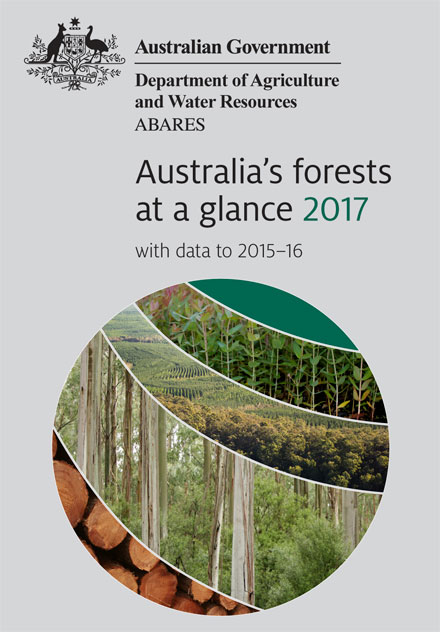
A revealing snapshot of Australia’s forestry industry, released by the Australian Bureau of Agricultural and Resource Economics and Sciences (ABARES), has shown its enormous contribution to regional Australia. Source: Timberbiz
Assistant Minister for Agriculture and Water Resources Anne Ruston said Australia’s forests at a glance 2017 – a pocketbook compendium – provided a range of useful information on wood harvesting, production and consumption of wood products and employment in the forestry and wood products industries, forest certification and codes of practice.
“Australia’s forestry industry is vital to Australia’s regional communities, employing more than 64,000 people,” Minister Ruston said.
“Our forestry industry achieved a record total log harvest of more than 30 million cubic metres in 2015-16, worth more than $2.3 billion.
“Exports of wood products are now valued at over $3 billion dollars annually and growth in demand for Australia’s sustainably managed timber and wood products has resulted in a record harvest of softwood and hardwood plantation logs.”
Australia’s forests provide significant benefits for Australians and contributed more than $23.7 billion in total forest products manufacturing to the economy in 2015-16 with softwood plantations supplying most of Australia’s sawlogs—81% of Australia’s total sawlog harvest in 2015–16.
Australia’s forests at a glance 2017 finds Australia has 122.6 million hectares of native forest of which 36.6 million hectares are available and suitable for commercial wood production.
Australia’s commercial plantations cover around two million hectares, of which about half are softwood species (1,036,800 hectares) and half are hardwood species (928,300 hectares)
The release of the booklet coincides with the release of Australia’s Forestry Industry 2017 map, which provides a detailed snapshot of the forestry industry, including the location of major wood processing facilities, native forest tenure, hardwood and socwood plantations, as well as roads and forestry ports.
“The map also includes information on sawmills, historical and projected national sawlog availability in a simple and easy to understand way that can assist in planning, scoping regional industry and development opportunities,” Minister Ruston said.
Australia’s forests at a glance 2017 and Australia’s Forestry Industry 2017 map can be downloaded at www.agriculture.gov.au/abares/publications







